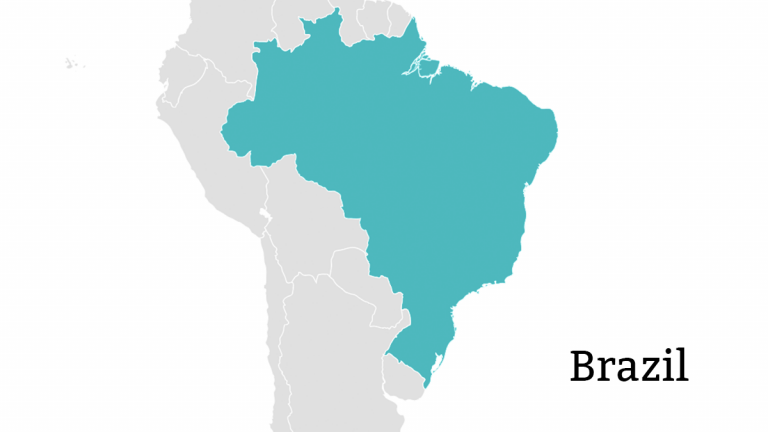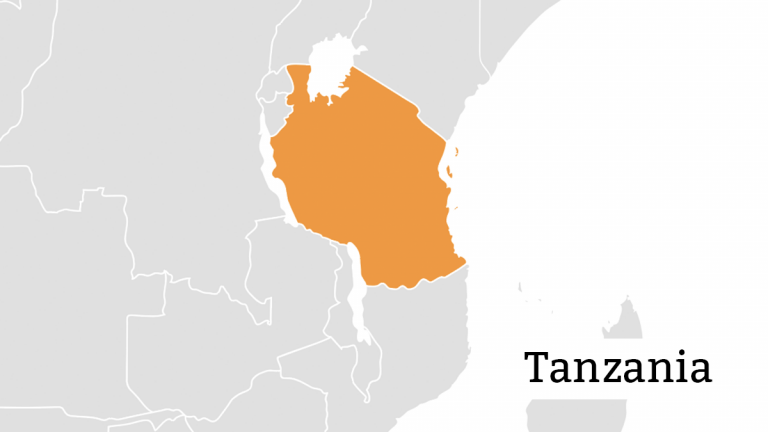
Tanzania is undergoing strategic policy reform to encourage competition and innovation and to guide infrastructure sharing in order to expand connectivity to rural areas.

Sri Lanka’s proactive regulatory approach to defining and monitoring the quality of services provided by telecom operators helps protect consumers, drive down costs, and maintain healthy competition in the telecommunications market.

Despite a well-developed telecommunications infrastructure, cost barriers have prevented people in South Africa from accessing the mobile web. The government recently took decisive action to address this by requiring the dominant mobile network operators to reduce their data rates.
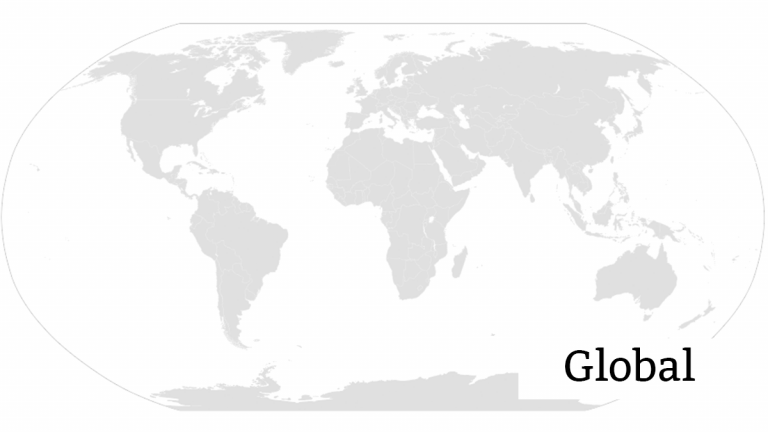
A lack of gender-disaggregated data is a challenge for closing the digital gender gap, but innovative uses of online advertising data provide an opportunity to fill in gaps and set baselines for progress.
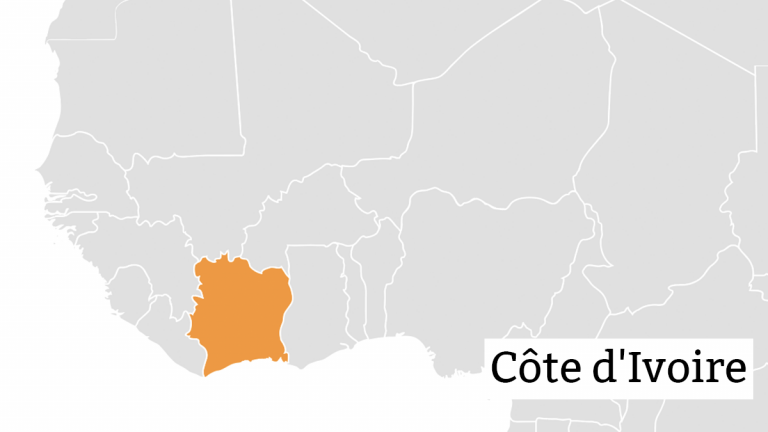
Côte d’Ivoire’s national backbone network lays the groundwork infrastructure needed to power the digital economy and bridge the nation’s rural-urban digital divide.

Internet para Todos integrates open access principles and innovative technologies to deliver internet access to more than 6.8 million people living in rural areas of Peru.
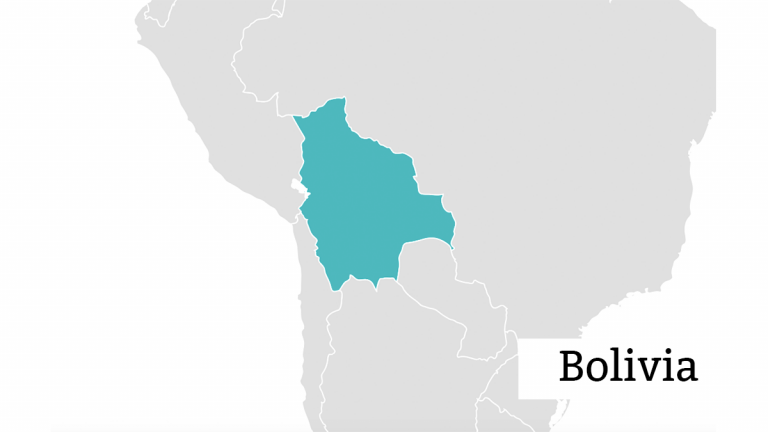
The Mujeres Conectadas project equips women with mobile technology tools and digital literacy and entrepreneurial skills.
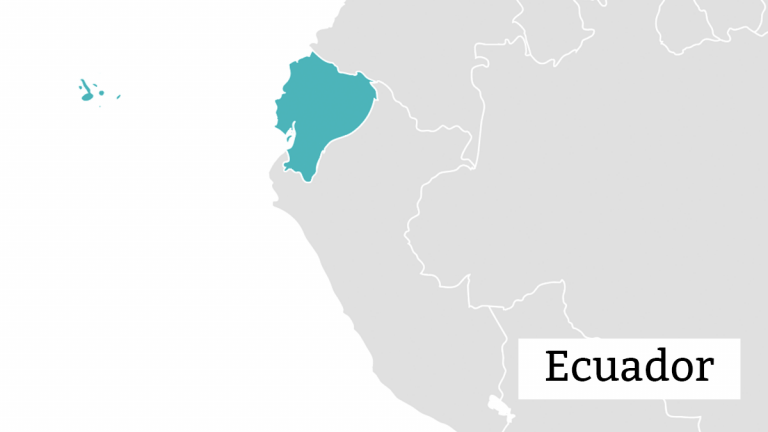
In 2018, the Ecuadorian government introduced social tariffs, which offer mobile voice and data packages at a reduced price to people earning the lowest incomes.
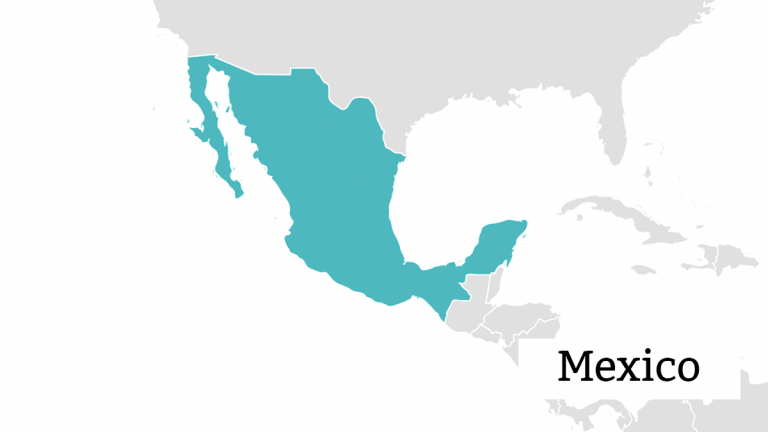
The Mexican regulatory authority has developed informational resources and more to educate and empower consumers in the exercise of their rights.
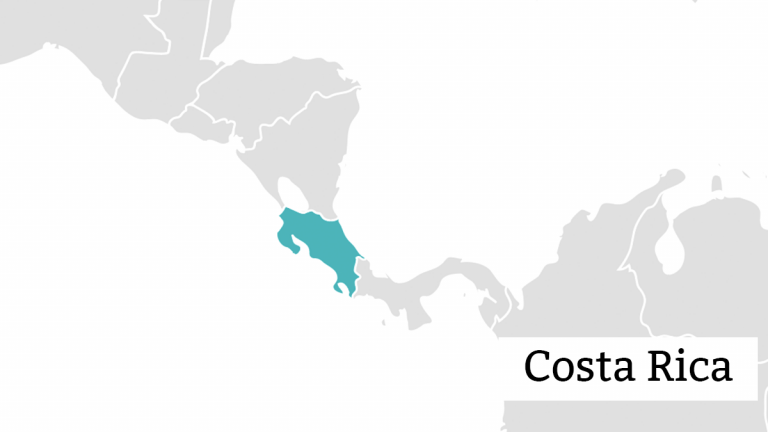
Costa Rica’s broadband plan and its subsequent monitoring and evaluation methodology has set up the nation to achieve its digital connectivity goals, and also offers a framework for the country to regularly update its strategy.
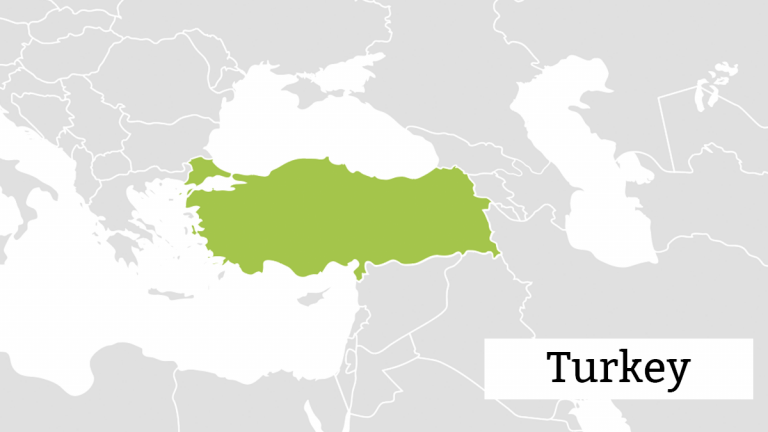
Turkey’s National Broadband Strategy and Action Plan helps increase the rollout of broadband in the country.










